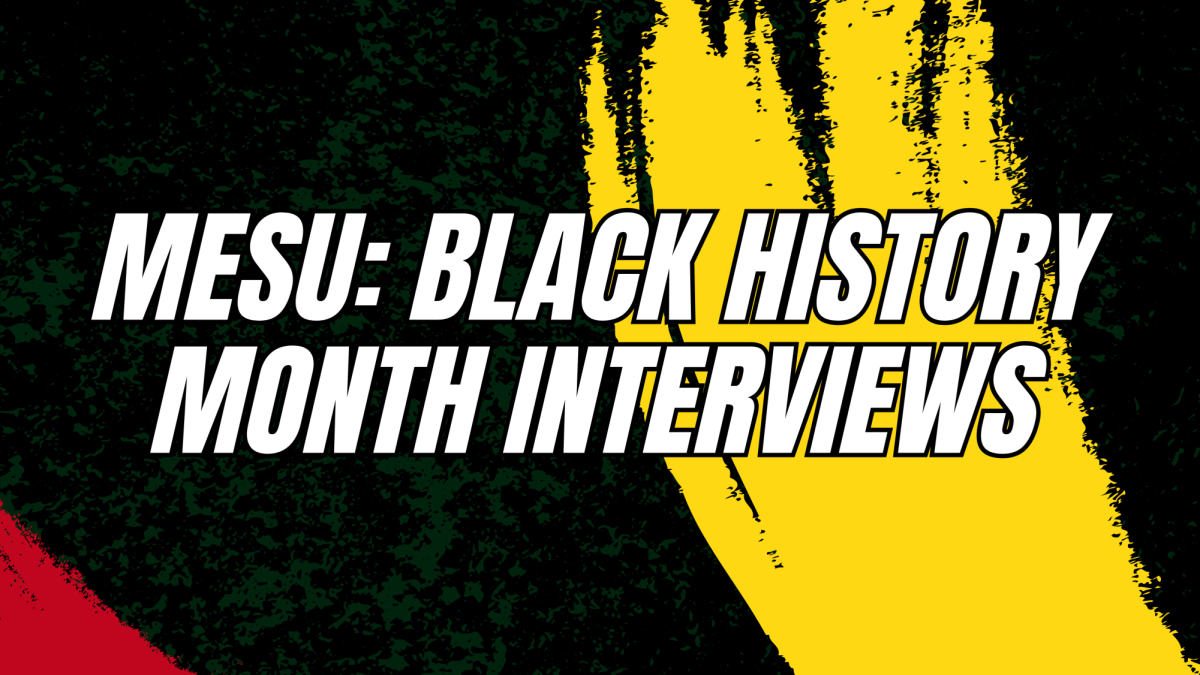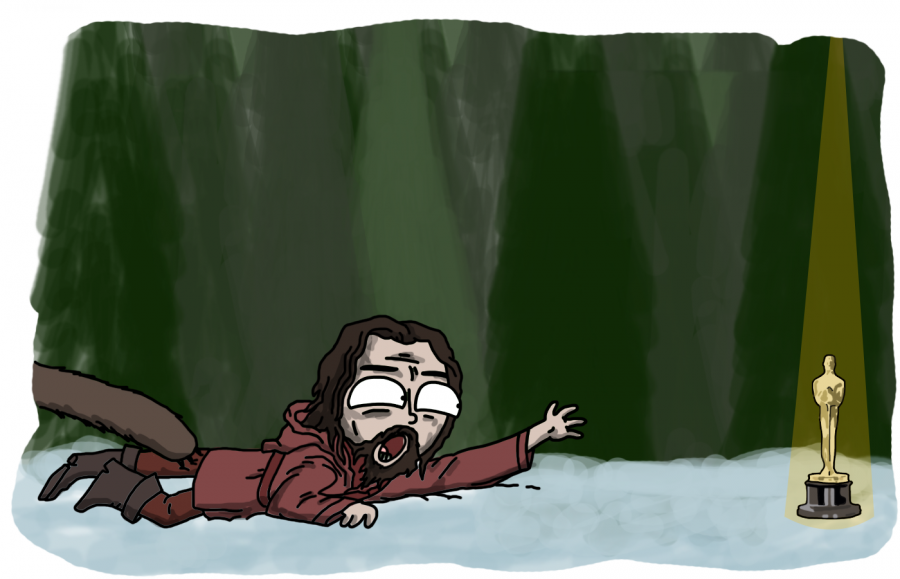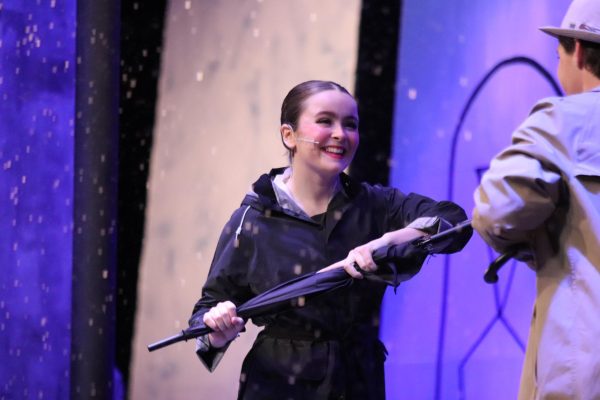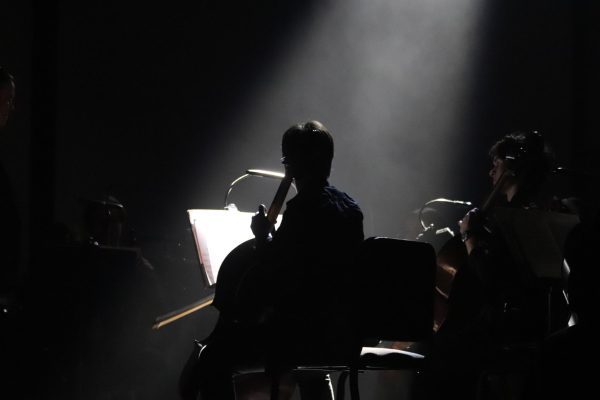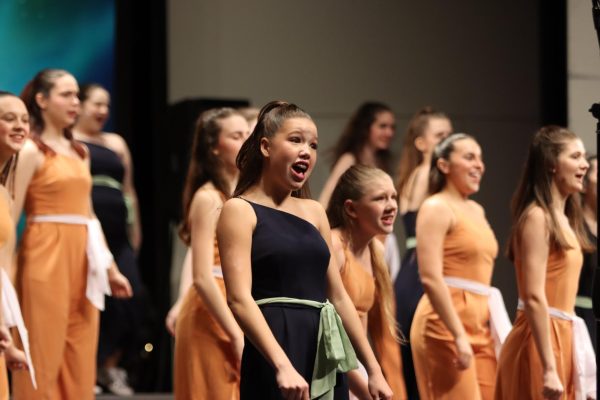The Revenant Review
February 22, 2016
Alejandro González Iñarritu’s [Birdman 2014, Biutiful 2010] golden-globe winning film The Revenant is a masterpiece of equal parts high definition camerawork and stubborn artistry. The film follows the journey of frontiersman and fur trapper Hugh Glass (Leonardo Dicaprio) across a wintery north American landscape in his quest for vengeance against his mutinous crew mate John Fitzgerald (Tom Hardy).
I found that my favorite element of this film was often a complaint for other viewers. Iñarritu is known for films with alternative pacing, and it seems many viewers felt cheated out of an action movie upon seeing The Revenant. Indeed, the film has a relatively slow pace, with many lengthy, meditative shots of wintery woodlands, but all of this contributes to a Londonian themed story of revenge and the disturbed natural world. Iñarritu shoots human beings in stark contrast to the undisturbed beauty of nature—the viewer notices the quiet loveliness of the snow-covered spruces before letting their eyes settle on Dicaprio.
The director stays true to this theme throughout the movie, sometimes breaking the fourth wall to further juxtapose human presence. In a few shots, the camera creeps impossibly close, until Dicaprio’s breath is fogging up the lense, and in the final shot of the movie he settles his stony gaze directly on the audience, accompanied by no sound but the wind.
This is another way Iñarritu refuses the conventions of the American cinema—he refuses to rely on musical aid to heighten the drama of his scenes. This was the case in his 2014 film Birdman, where he used a drum score rather than conventional melodic accompaniment. In The Revenant, the bear attack scene is a silent affair and Iñarritu must create all the drama visually, which is a rarity in the film industry. Too often directors rely on dramatic music to heighten the emotions of a scene, a crutch that’s conducive to lazy writing and poor acting. In the absence of audio relief, the scene is high in intensity and romanticizes the sheer power of the natural world; the bear tosses Dicaprio around like a fish and he—a grown, able-bodied man—is rendered completely powerless.
This scene encompasses the overall intent of the film, which is to show that the goings on of man are insignificant in the grand scope of the natural universe. Most of the complaints I heard were that the movie didn’t have enough action, which should show what kind of film this is. It’s not for the action movie fan seeking to watch Dicaprio conquer nature through his bear-wrestling, throat-slash cauterizing, and buffalo-liver eating antics. It’s first and foremost an introspective film about the nature of revenge, and goes against the cheap romanticization of revenge so prevalent in the American cinema. This proved unfortunate for fellow director Quentin Tarantino [Django Unchained 2012, Inglourious Basterds 2009], whose film Hateful Eight was released at and takes place in roughly the same time period. Indeed, Tarantino’s devotion to revenge-based films makes him seem a little adolescent and incapable of variance in genre.

































